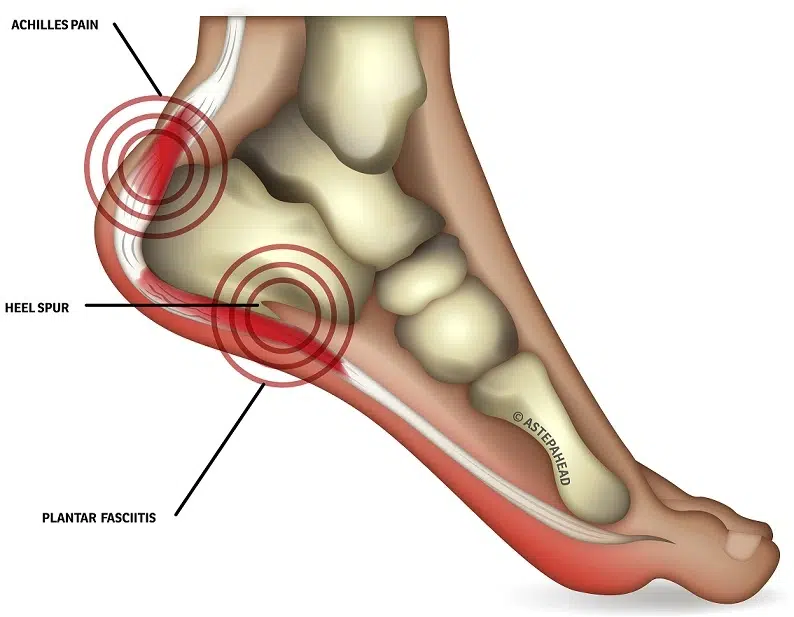Understanding Heel Injuries in Cricket
Cricket is a sport that requires intense physical activity and frequent movements, such as running, jumping, and landing on the ground. These actions can put immense pressure on a player’s heels, leading to injuries such as heel spurs, plantar fasciitis, and Achilles tendonitis. These injuries can be extremely painful and can even hinder a player’s performance.
Types of Heel Injuries in Cricket
There are various types of heel injuries that cricket players may encounter, including heel spurs, plantar fasciitis, and Achilles tendonitis.
Heel spurs are bony growths that develop on the underside of the heel bone, often caused by excessive stress and pressure on the heel. Plantar fasciitis, on the other hand, is inflammation of the tissue that connects the heel bone to the toes, causing pain and stiffness in the heel. Lastly, Achilles tendonitis occurs when the Achilles tendon becomes inflamed, causing pain and discomfort in the back of the heel.
Prevention and Management of Heel Injuries
Prevention and management of heel injuries are crucial for cricket players to avoid hindering their performance on the field.
One way to prevent heel injuries is to wear appropriate footwear, such as cricket shoes that provide ample support and cushioning. Additionally, stretching and strengthening exercises can help prevent heel injuries by increasing the flexibility and strength of the muscles and tendons in the feet and legs.
If a cricket player experiences a heel injury, it is important to seek medical attention immediately. Rest, ice, compression, and elevation can help manage the pain and swelling associated with heel injuries. Physical therapy and orthotic devices may also be recommended by a medical professional to aid in the healing process.
Rehabilitation and Return to Cricket
Rehabilitation and returning to cricket after a heel injury require patience and proper management.
Players should follow a rehabilitation plan that includes specific exercises and stretches to help restore flexibility, strength, and mobility to the affected area. It is crucial to avoid putting too much pressure on the heel too soon to prevent re-injury.
As the player progresses in their rehabilitation plan, they may gradually return to cricket, starting with light training and gradually increasing intensity over time. It is important to listen to the body and not push too hard too soon to avoid further injury.
Conclusion
In conclusion, heel injuries are a common occurrence in cricket, but proper prevention, management, and rehabilitation can help players avoid hindering their performance on the field. It is crucial to seek medical attention immediately if a player experiences a heel injury and follow a proper rehabilitation plan to ensure a safe return to cricket.


1 thought on “How to Manage Heel Injuries for Cricket Players”